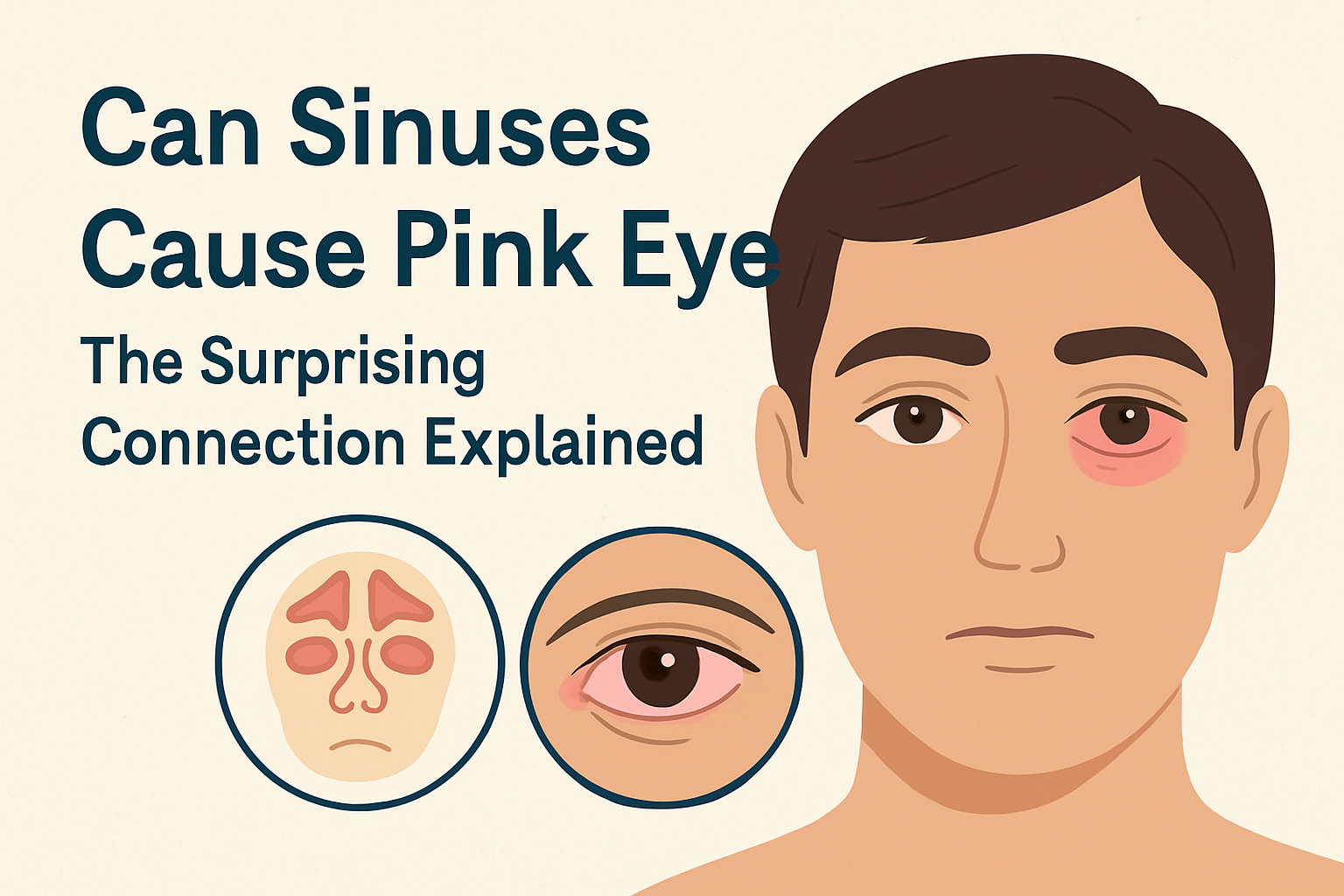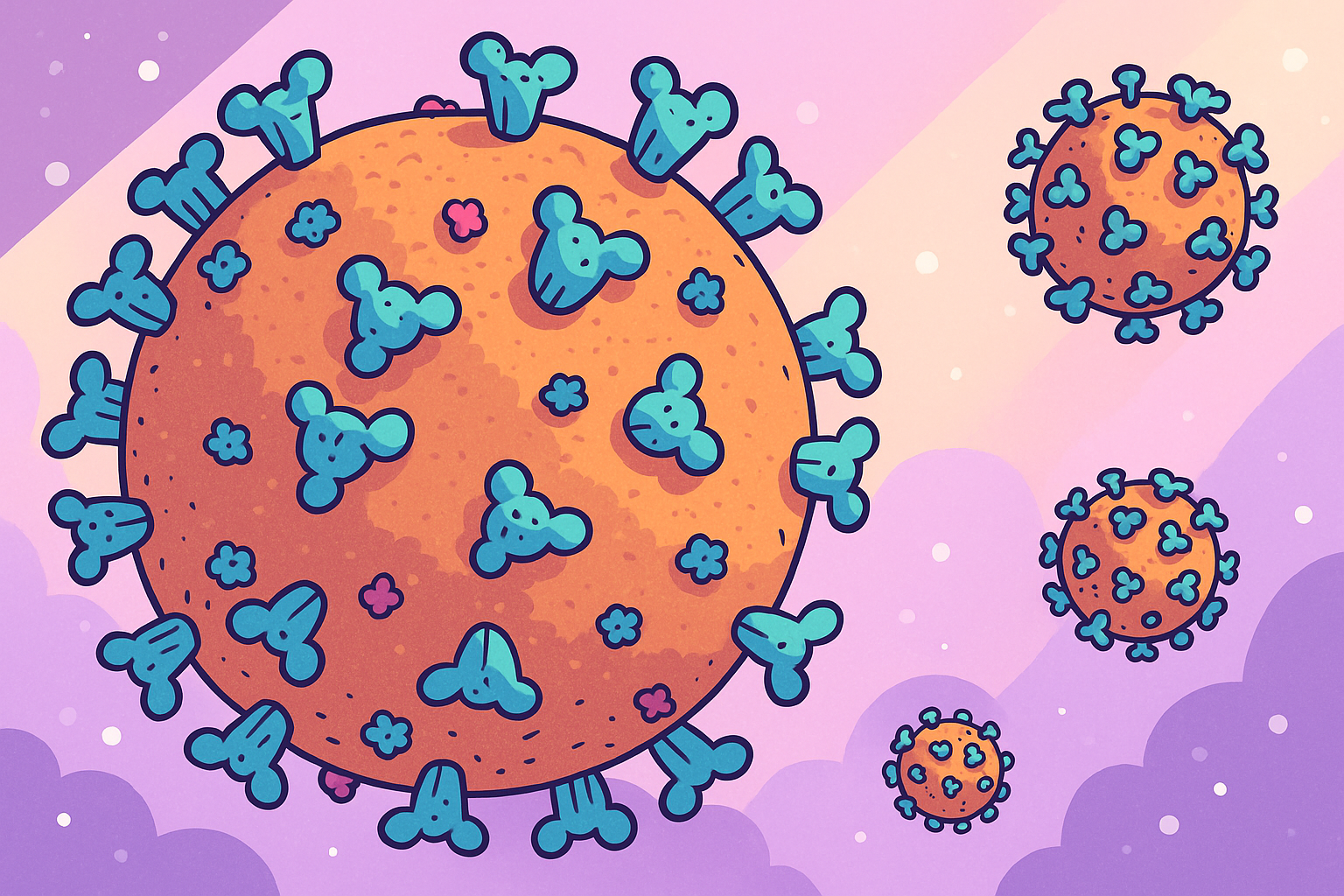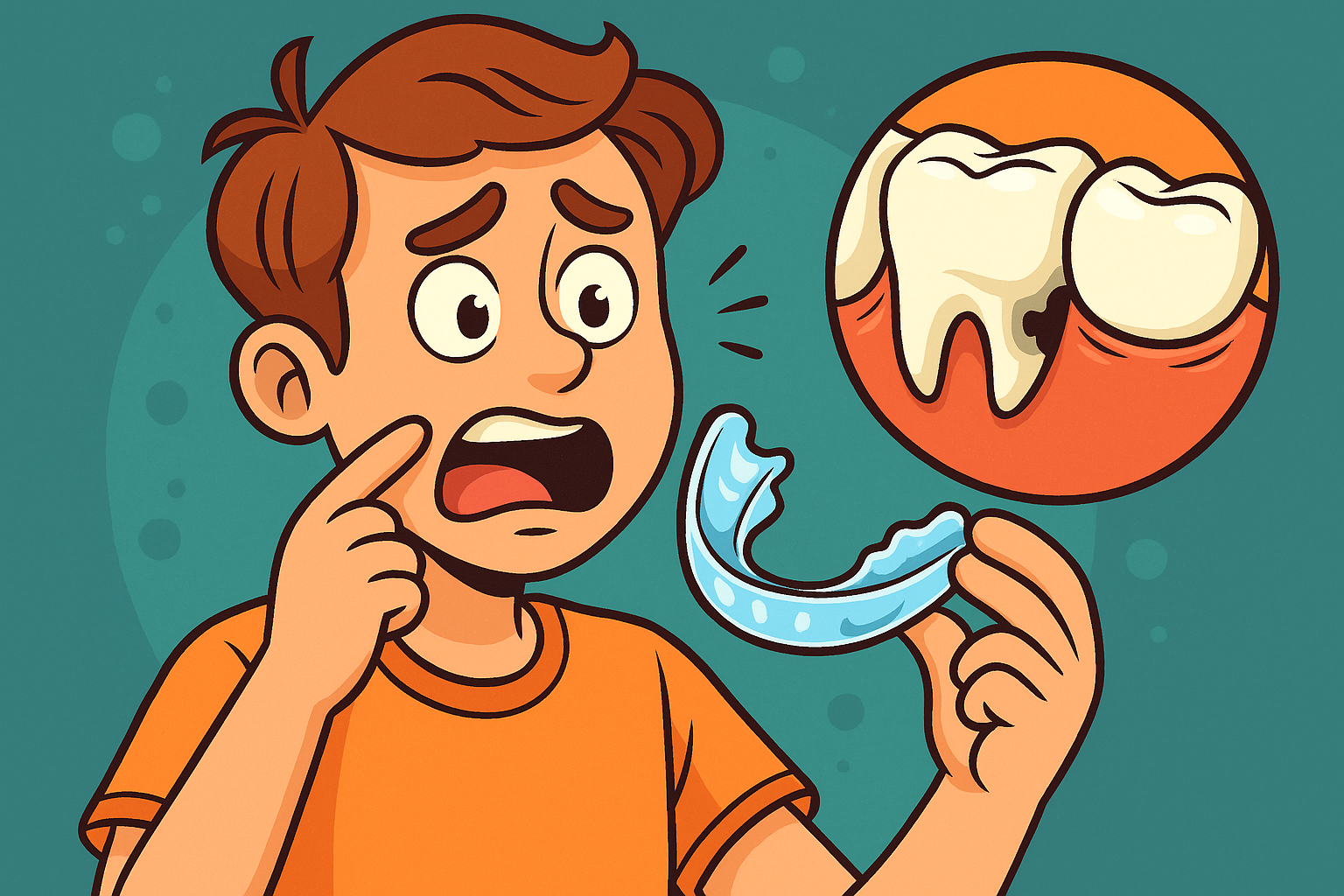Ever had a cold that turned into a full-blown sinus infection—only to suddenly notice your eyes were red and watery too? You’re not alone. Many people experience sinus pressure followed by eye irritation, yet never connect the dots. This article explores the often-overlooked link between sinus problems and pink eye.
We’ll break down how sinus infections can affect your eyes, when it’s something to worry about, and what to do if you’re dealing with both issues at once. So, if you’re wondering, “Can sinuses cause pink eye?”—read on. You’ll find the answers you didn’t know you needed.
What Are Sinuses and How Do They Affect Your Body?
Sinuses are air-filled cavities located around your nose, cheeks, forehead, and eyes. They help humidify the air you breathe, enhance your voice, and trap harmful particles. But when they get inflamed—often due to infections, colds, or allergies—they can cause all sorts of trouble.
A sinus infection (sinusitis) occurs when these cavities become blocked and filled with fluid, allowing bacteria or viruses to grow. This buildup creates pressure, pain, and inflammation that can spread to surrounding areas—including your eyes.
What Is Pink Eye (Conjunctivitis)?
Pink eye, medically known as conjunctivitis, is an inflammation of the conjunctiva—the thin, clear tissue covering the white part of your eye and the inside of your eyelids. It causes redness, itching, and sometimes discharge.
There are three main types:
- Viral: Often comes with colds or upper respiratory infections.
- Bacterial: More severe, with thick yellow or green discharge.
- Allergic: Triggered by pollen, dust, or pet dander—usually affects both eyes.
Pink eye can be highly contagious, especially the viral and bacterial forms, and often spreads through hand-to-eye contact or contaminated surfaces.
Can Sinuses Cause Pink Eye?
Yes, sinuses can contribute to the development of pink eye in certain scenarios. While not the most common cause, sinus infections can inflame nearby tissues, affect tear ducts, or allow bacteria to travel, resulting in eye irritation or infection.
When sinuses are infected, inflammation may spread through connected pathways like the nasolacrimal duct (which connects your eyes to your nose). This can lead to swelling, redness, and discharge in the eyes—symptoms commonly associated with pink eye.
In short, while sinuses don’t always directly cause conjunctivitis, they can create the perfect conditions for it to develop.
How Sinus Infections Might Lead to Pink Eye
Your sinuses and eyes are more closely connected than you might think. When sinus pressure builds due to congestion, it can extend toward the eye sockets, causing puffiness and discomfort. This often explains why your eyes may feel heavy or look swollen during a sinus infection.
In more severe cases, bacteria from the sinus cavity can travel through the tear ducts and infect the eye. This can mimic bacterial pink eye and lead to redness, irritation, and discharge. It’s especially likely if your immune system is already weakened from illness.
So yes, sinus infections can act as a trigger for pink eye-like symptoms or even true conjunctivitis.
Differences Between Sinus-Related Eye Irritation and True Pink Eye
It’s easy to confuse sinus-related eye irritation with actual conjunctivitis, but the two have key differences. Here’s a quick comparison:
- Sinus-related eye issues:
- Puffy or watery eyes
- Mild redness
- No crusting or major discharge
- Often accompanied by sinus pressure or headaches
- Bacterial pink eye:
- Thick yellow or green discharge
- Crusty lashes in the morning
- Often starts in one eye, then spreads
- Viral pink eye:
- Watery discharge
- Highly contagious
- Redness, irritation, light sensitivity
- Allergic pink eye:
- Itchy, teary eyes
- Affects both eyes equally
- Usually linked with sneezing or nasal congestion
Knowing these differences can help you determine whether you’re dealing with sinus-related irritation or a more contagious form of pink eye.
When to See a Doctor
If you’re unsure whether your eye symptoms are sinus-related or something more serious, it’s best to consult a doctor. Warning signs that need medical attention include:
- Severe eye pain or swelling
- Changes in vision
- Yellow or green eye discharge
- Eye symptoms that persist for more than a few days
Proper diagnosis is crucial. Mistaking bacterial pink eye for a mild irritation can delay treatment and risk spreading the infection to others.
How to Treat Pink Eye Caused by Sinus Issues
If your pink eye symptoms stem from sinus problems, addressing the root cause is essential. Here’s how you can treat both:
For sinus-related eye symptoms:
- Use a warm compress over your eyes and sinuses
- Try saline nasal rinses or sprays
- Inhale steam to reduce sinus pressure
- Stay hydrated
For bacterial pink eye:
- Use prescribed antibiotic eye drops
- Avoid touching your eyes
- Wash hands frequently to prevent spread
For allergic pink eye:
- Use antihistamine eye drops or oral medications
- Avoid known allergens
- Use air purifiers to reduce indoor triggers
In many cases, treating the sinus infection will also relieve the eye symptoms.
Can Allergies Cause Both Sinus Pressure and Pink Eye?
Absolutely. Allergies are a common culprit behind both sinus congestion and conjunctivitis. When your immune system reacts to allergens like pollen, mold, or pet dander, it can lead to inflammation in both your sinuses and eyes.
This allergic reaction often results in:
- Itchy, watery, and red eyes
- Stuffy or runny nose
- Sinus pressure or headaches
To manage allergic pink eye, you’ll need to control your allergy symptoms. This may involve taking antihistamines, avoiding exposure to triggers, and using allergy-specific eye drops.
Prevention Tips: Protecting Both Your Sinuses and Eyes
Prevention is always better than cure. Here are some simple but effective tips:
- Practice frequent handwashing
- Avoid touching your eyes, especially with dirty hands
- Use a humidifier to keep nasal passages moist
- Clean your home to reduce allergens like dust and mold
- Avoid sharing personal items like towels or makeup
- Treat sinus infections early before they spread
By taking care of both your sinus and eye health, you reduce the chances of dealing with overlapping symptoms.
Conclusion
So, can sinuses cause pink eye? Yes—but usually indirectly. While sinus infections don’t always lead to conjunctivitis, they can cause enough inflammation and pressure to trigger eye irritation or create conditions where pink eye develops.
Whether it’s due to bacteria, allergies, or congestion, understanding the connection helps you manage symptoms more effectively. Don’t ignore your eye irritation—it might just be your sinuses asking for help.
FAQs
Can sinus infections directly infect the eye?
Yes, in some cases. Bacteria can travel from the sinus cavity to the eyes, especially if tear ducts are inflamed or blocked.
How do I know if my pink eye is from allergies or infection?
Allergic pink eye is usually itchy and affects both eyes, while infections often involve discharge and may start in one eye.
Can treating sinusitis help clear up pink eye symptoms?
If the pink eye is due to sinus inflammation or infection, treating the underlying sinus issue can resolve the eye symptoms.
Should I see an eye doctor or ENT for this?
Start with your primary care doctor. Depending on your symptoms, they may refer you to a specialist like an ENT or ophthalmologist.
Is pink eye caused by sinuses contagious?
Not if it’s due to allergies or inflammation. But if a bacterial or viral infection is involved, it can be contagious.









